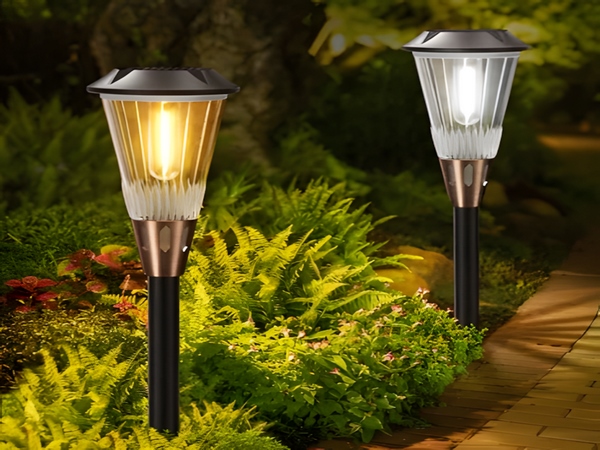

LED light sources are suitable for local lighting because they can be manufactured with specific luminous angles during production. Utilizing LED light sources with specific emission angles for local lighting allows for more effective use of the emitted light. Compared to traditional light sources, which are inconvenient for controlling luminous angles, LEDs can achieve the same lighting effect with smaller power consumption, thus achieving energy-saving objectives.
In road lighting design, the spacing between lamps is generally three times the height of the lamp, while the height of the lamp is typically equivalent to the width of the road. Based on geometric relationships, the lighting fixture’s light distribution angle can be calculated to approximately 140 degrees in the 0 to 180-degree direction and about 80 degrees in the 90 to 270-degree direction.
To enhance the utilization rate of road lamps in road lighting, the luminous center of the light source should be tilted toward the road at a certain angle. Ideally, the center of light intensity should fall on the center line of the road. Considering that the light source of the street lamp has an elevation angle of about 10 degrees with the horizontal direction, the light intensity center of the LED light source should be offset towards the road by 15 to 20 degrees.
Lenses are assembled on the LED brackets, with high-power LED chips fixed on them. The lens surface can have an anti-reflective coating, and the cavity between the lens and the chip is filled with high-temperature silicone to reduce multiple reflections of light within the cavity, allowing light to exit directly through the lens.
Lenses play a polarizing and light-enhancing role compared to conventional LED lenses, essentially integrating secondary optical lenses with primary lenses. Utilizing the directional emission characteristics of solar garden lights, high-power LED light sources are equipped with reflectors, and the efficiency of these reflectors is significantly higher than that of fixture reflectors. Additionally, the efficiency of the LED light source already includes that of its own reflector during luminous efficiency testing.
Solar garden lights using LEDs should maximize the directional emission characteristics of LED light sources. The LEDs should direct light towards various areas of the illuminated pavement, supplemented by the lamp’s reflector for a reasonable comprehensive light distribution. The installation position of each LED source and the direction of light emission can achieve good secondary light distribution functionality, ensuring better uniformity in road lighting.

Bitpott solar garden lights are professionally developed, produced, and sold. They engage in the manufacture of solar and LED outdoor lighting products, possessing years of production experience and advanced production equipment, ensuring quality, reasonable pricing, and configuration. For inquiries about solar garden light prices, please contact our online customer service.



